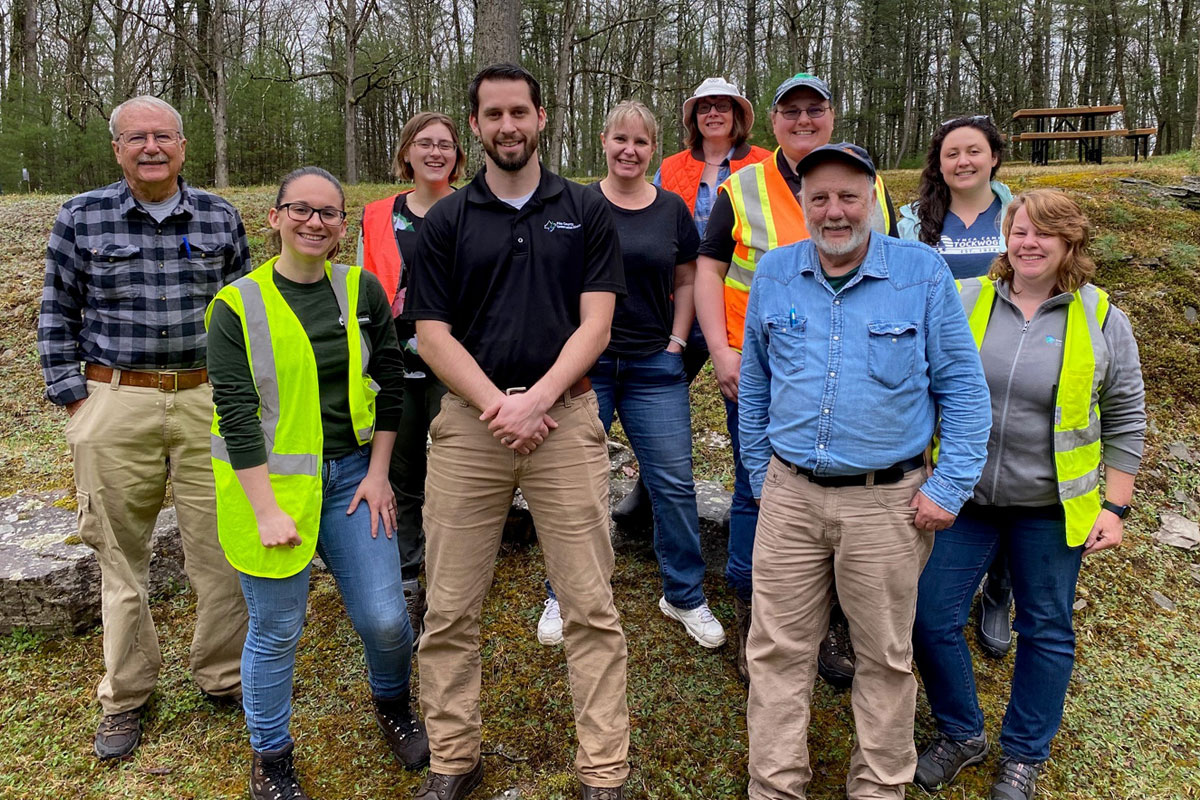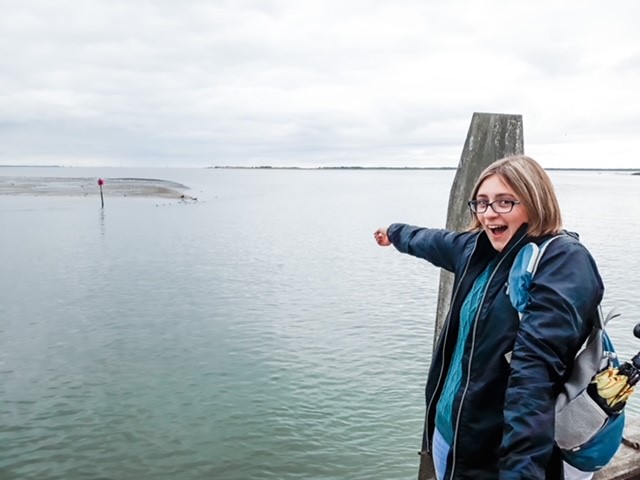News

What is the Conservation District’s Role?

By Emily Mansfield, PCCD Communications Coordinator
You may get our newsletter, follow us on social media, or attend our public education programs, but do you know what the District does on a daily basis? Everything we do is guided by our mission statement: “Pike County Conservation District (the District) is committed to the long-term protection and sustainable use of Pike County’s natural resources. We accomplish this through partnership, education, technical assistance, planning, enforcement, and leadership.” This means we do lots of different things to conserve our community’s natural resources from different angles.
The Conservation District is led by our board of directors, a group of 10 dedicated volunteers who meet at least monthly. The board is always a supportive and encouraging resource for our staff, which is made up of 8 professionals in their fields. The board of directors and staff are guided by the District’s mission and our Strategic Plan, which outlines a plan to achieve our goals across multiple areas: natural resource conservation; education and community outreach; governance, management, and financial support; and land use management and conservation. With this strong team and framework, we strive to carry out the following programs to support natural resource conservation in Pike County.
Our board of directors has signed delegation agreements with the Pennsylvania Department of Environmental Protection (DEP) to oversee portions of the Chapter 102 and Chapter 105 programs to be carried out locally in Pike County. Chapter 102 focuses on erosion and sediment control, and Chapter 105 focuses on waterways and wetlands management. The District’s Resource Conservationists and District Engineer strive to keep pollutants out of our water by working with landowners, contractors, and engineers to install best management practices (BMPs) on sites with earth disturbance—anywhere where the soil is being dug up and moved. Sediment is the #1 pollutant found in our waterways, but by installing silt fences, filter socks, and other BMPs on construction sites, we’re able to minimize the soil being dislodged and picked up by stormwater which runs off into our waterways. Our District staff also administer Chapter 105 by providing technical assistance and permit evaluations for projects that may affect a wetland or other body of water, like a boat dock.
The District’s Watershed Specialist assesses the quality of the county’s surface waters by conducting aquatic macroinvertebrate- or simply, bugs that live in the water- samples each spring and electrofishing samples each fall in our streams, creeks, and rivers. The sample sites rotate each year so we can analyze as many sites as possible. The Watershed Specialist also monitors the groundwater level each month through a US Geological Survey (USGS) program which analyzes changes in the level over time to determine when drought watches or other measures should be enacted to prevent a dangerous drop, as we rely on groundwater for all our drinking water supply here in Pike County.
Our Program Manager administers the District’s Dirt, Gravel, and Low Volume Road (DGLVR) Management Program, which aims to reduce the sediment eroding off publicly owned roads in our community, thereby reducing the sediment pollution in our waterways.
The District also works to empower our community members to be stewards of our natural resources themselves, exponentially increasing our conservation efforts by working together. The District’s Communications Coordinator, with other District staff, visit homeowners’ associations, festivals, schools, senior centers, and other community groups to instill a passion for conservation and the resources needed to for proper conservation in our community members of all generations. We also work with our Pike/Wayne Conservation Partnership, a group of over 20 local, state, and federal organizations, as well as local school districts to initiate and sustain meaningful conservation education.
We couldn’t successfully do any of these programs without community support, so thank you for your commitment to natural resource conservation and education!
